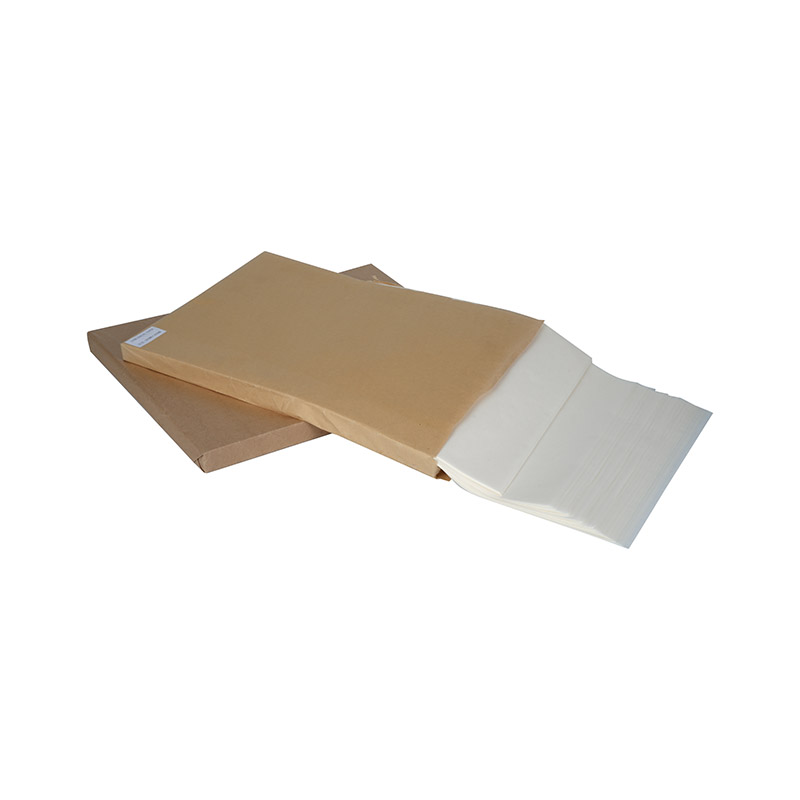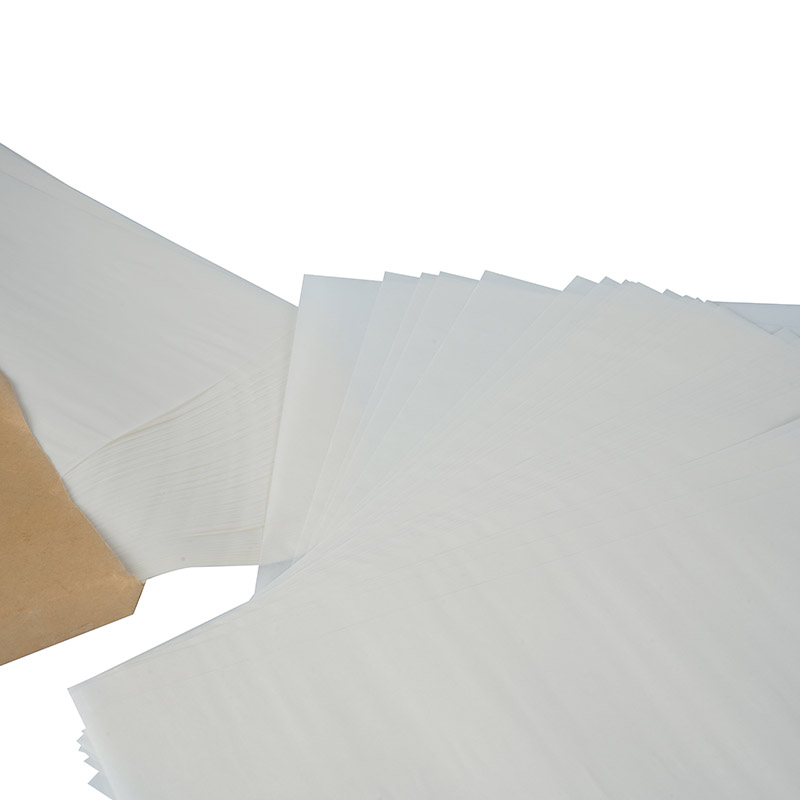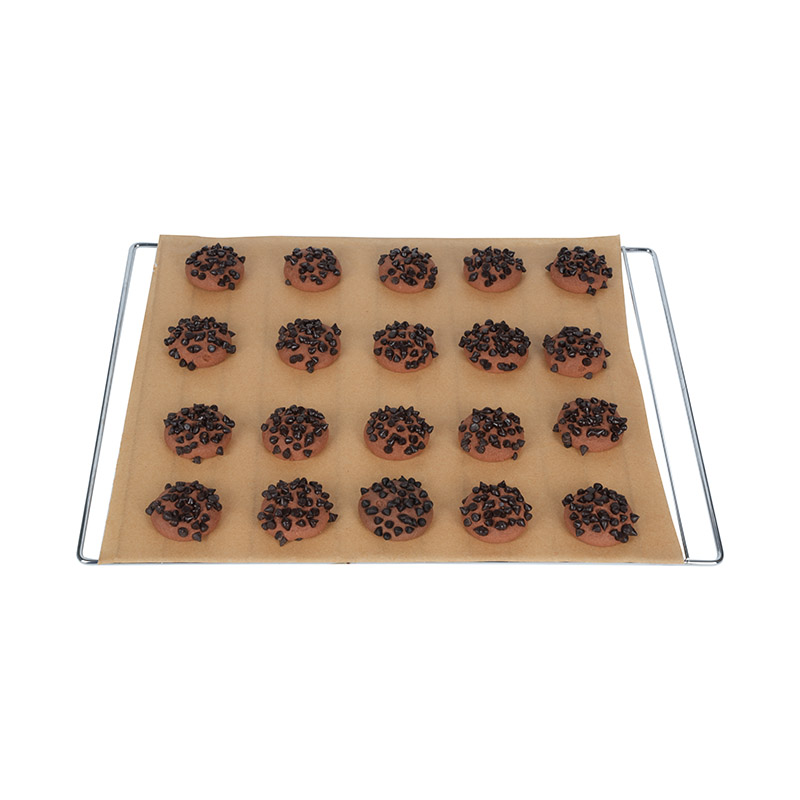The Packaging Conundrum: Necessity Meets Responsibility In the fast-paced world of grab-and-go meals, packaging is an unavoidable necessity. It protec...
READ MOREAll
Baking Paper
Greaseproof Paper
Wax Paper
Parchment Paper
Cooking Sheet Paper
Steaming Paper
Hamburger Wrap
Sandwich Wrap
Pan Liner
Candy Wrap
Air Fryer Paper

Pulp Style Virgin Pulping Type Chemical-Mechanical Pulp Coating Material silicone Compatible Printin...

Pulp Style Virgin Pulping Type Chemical-Mechanical Pulp Coating Material silicone Compatible Printin...

Pulp Style Virgin Pulping Type Chemical-Mechanical Pulp Coating Material silicone Compatible Printin...
The Packaging Conundrum: Necessity Meets Responsibility In the fast-paced world of grab-and-go meals, packaging is an unavoidable necessity. It protec...
READ MOREHave you ever stopped to appreciate the simple sheet of paper that separates your juicy burger from your hands? It might seem trivial, but hamburger w...
READ MOREIn the fast-paced, high-stakes environment of a professional kitchen, every supply choice matters. From the quality of the ingredients to the efficien...
READ MOREIn the realm of professional and home kitchens alike, certain tools rise to the level of indispensable. Among these foundational items are parchment p...
READ MOREHow do pan liners affect cooking times and temperature settings in recipes?
Pan liners, also known as parchment paper or silicone baking mats, can have several effects on cooking times and temperature settings in recipes:
Even Heat Distribution: Pan liners can help distribute heat more evenly across the cooking surface, which can lead to more consistent cooking.
Insulation: They can act as a slight insulator, which may slow down the cooking process slightly. This means you might need to adjust cooking times to ensure food is fully cooked.
Prevention of Sticking: One of the main reasons to use a pan liner is to prevent food from sticking to the pan. This allows for lower temperature settings since you don't need to use as much oil or butter to prevent sticking.
Baking: In baking, using a silicone mat can sometimes allow for a slightly higher temperature setting because it's heat resistant and can handle direct contact with the heat source without burning.
Cooking Time: Depending on the type of food and the recipe, cooking times may need to be adjusted. Foods that are prone to sticking may cook faster on a pan liner because you can use lower heat, but you'll need to watch closely to avoid overcooking.
Temperature Settings: If you're using a pan liner to prevent sticking, you might be able to reduce the temperature slightly. However, if you're baking and using a silicone mat, you might be able to increase the temperature slightly due to its heat resistance.
Type of Pan Liner: Different materials (parchment paper, silicone, aluminum foil) will have different effects on cooking. For example, aluminum foil can conduct heat well but may not be as non-stick as parchment or silicone.
Thickness of Food: Thicker cuts of meat or denser foods may require longer cooking times or higher temperatures when using a pan liner, as the liner can act as a barrier to heat.
Oven vs. Stovetop: The effects can vary between oven baking and stovetop cooking. In the oven, a liner can help with even baking and may not require temperature adjustments. On the stovetop, the liner can affect how quickly the food heats up.
It's always a good idea to keep an eye on your food while it's cooking and adjust times and temperatures as necessary based on the specific recipe and your own experience. If you're unsure, start with the recommended times and temperatures and make adjustments based on the results.
How can I improve the oil absorption capacity of pan liners?
Improving the oil absorption capacity of pan liners can be a bit tricky, as the purpose of using a pan liner is often to prevent food from sticking to the pan without using excess oil. However, if you're looking to enhance the non-stick properties of your pan liner while still using minimal oil, here are some strategies you can try:
Preheating: Preheat your pan and liner before adding the food. A hot surface can help reduce sticking.
Oiling the Liner: Lightly brush or spray the pan liner with oil. This can help create a thin layer that prevents sticking without using a lot of oil.
Use of Non-stick Spray: A non-stick cooking spray can be an effective way to lightly coat the pan liner with oil.
Silicone Baking Mats: If you're not already using them, silicone baking mats have a naturally non-stick surface that can handle higher temperatures without additional oil.
Parchment Paper: Parchment paper is designed to be non-stick and can be used with very little oil. However, it can tear easily, so handle with care.
Aluminum Foil: While not as non-stick as other options, aluminum foil can be lightly oiled to improve its non-stick properties.
Seasoning: If you're using a reusable silicone mat, you can "season" it by lightly oiling it and heating it in the oven. Over time, this can help build up a non-stick surface.
Flour or Cornstarch: Lightly dusting the pan liner with flour or cornstarch can help create a barrier between the food and the liner, reducing oil absorption.
Proper Storage: Store your pan liners properly to maintain their non-stick properties. For example, keep parchment paper flat to prevent it from curling, which can lead to uneven cooking.
Quality: Invest in high-quality pan liners that are specifically designed for better non-stick performance.
Layering: For particularly sticky foods, consider using a double layer of parchment paper or a combination of parchment paper and a silicone mat.
Regular Replacement: Over time, the non-stick properties of pan liners can degrade. Regularly replacing them can help maintain their effectiveness.
Remember, the goal of using a pan liner is to reduce the need for oil, so while these methods can help improve the non-stick surface, it's still important to use the least amount of oil necessary for healthy cooking.